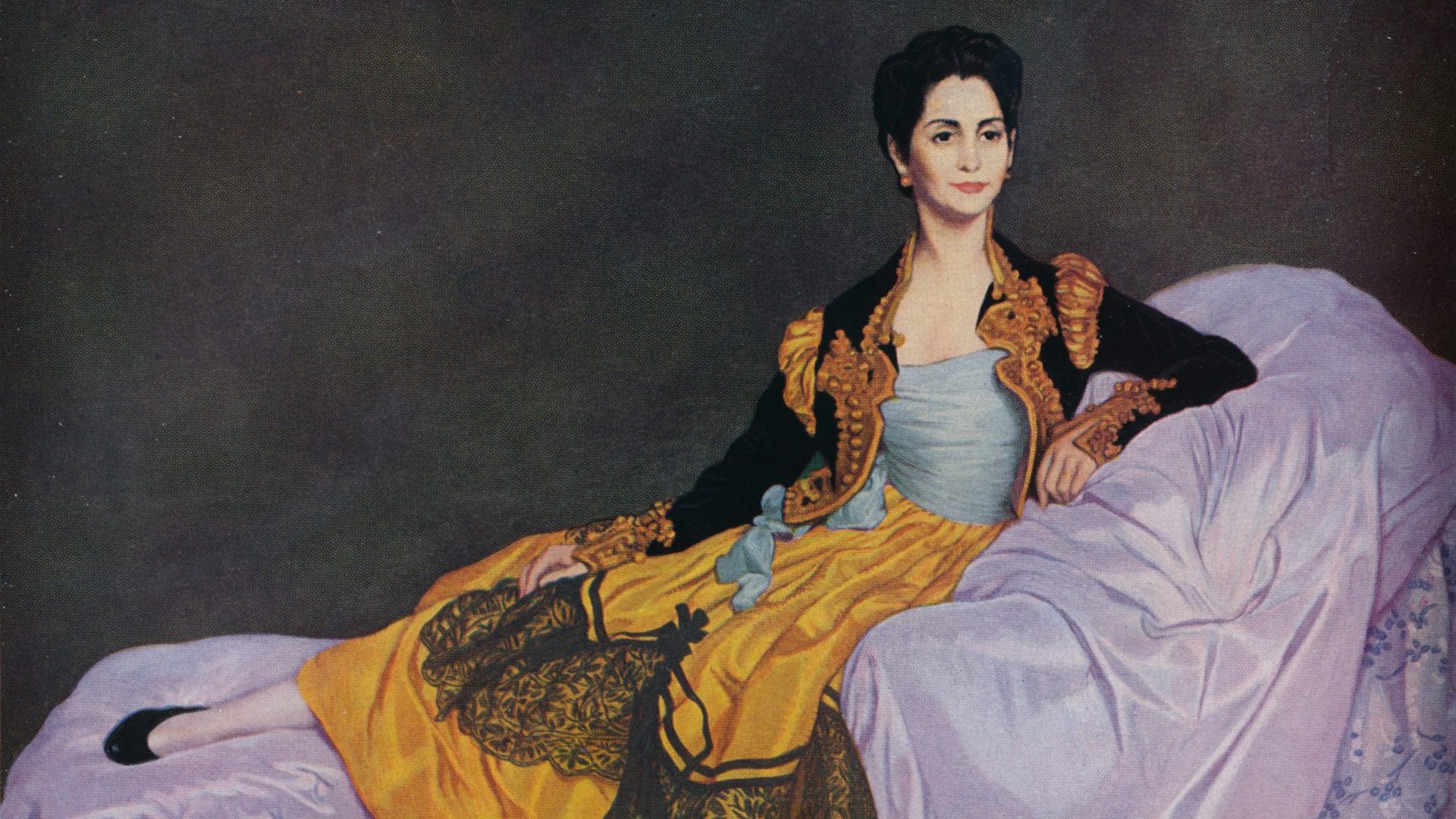Finding a holiday destination for January with lower temperatures and more train strikes than the north of England is no easy task, but I managed it. The motivation for going to Munich was the first major retrospective outside Spain dedicated to Ignacio Zuloaga. Now largely forgotten, the Basque-born painter was once Spain’s most renowned artist – his friend John Singer Sargent wrote a prologue for the catalogue to an exhibition that toured various US universities in 1916 and 1917.
When Federico García Lorca, then Spain’s greatest living poet and playwright, was assassinated at the start of the Spanish civil war, it was a PR nightmare for the nationalist leaders of the military coup. In an attempt to turn international opinion against their opponents, it was reported that Zuloaga had been shot by the Republicans. It was a lie – the painter was alive and well in the Basque Country.
Picasso’s Guernica cemented the myth of the Spanish civil war as a showdown between democracy and fascism, and more artists and intellectuals remained loyal to the Republic (albeit often from a safe distance) than joined the Francoist ranks. But some artists didn’t rally for democracy. Dalí’s admiration for Franco has largely been forgotten, and other artists associated with fascism Spanish-style have been relegated to the status of footnotes in art history. Such is the case of Zuloaga, who accepted commissions to paint both Franco and depictions of what were essentially Republican war crimes.
Here in Munich, in 1939, on direct orders from Franco, the Spanish ambassador to Germany presented Hitler with three Zuloaga paintings to thank him for the Condor Legion’s instrumental role in delivering victory to Franco. The intention was for Zuloaga to find a home in a vanity museum Hitler planned to open in his Austrian hometown of Linz. Franco would later invest significant effort into securing, albeit unsuccessfully, a Goya painting for the Führer Museum.
It was disconcerting to wander through the blistering, largely empty German streets and encounter posters for The Myth of Spain: Ignacio Zuloaga: 1870-1945 at Munich’s Kunsthalle (until February 4; then at the Hamburg Bucerius Kunst Forum from February 17 until May 26) with a reproduction of the painter’s Half-Length Portrait of a Picador (1910).
I was shown around by the curator, Nerina Santorius. She drew my attention to a photo of the ceremony in which Hitler was presented with the three paintings, chosen for their pastoral qualities – many of the works on display gave a less idyllic view of traditional rural life and customs. The bullfighting theme may be stereotypically Spanish, but Zuloaga’s images of the “national fiesta” are solemn, hardly the stuff of brochures for package holidays to sunny Spain.
Hitler was seemingly pleased with the paintings. The curator showed me the transcript of an intercepted German foreign office document, which read: “According to a communication from Minister of State Meissner, the Führer wanted to give Generalissimo Franco either a large Mercedes-Benz limousine or (for Franco as Generalissimo of the Spanish Wehrmacht) a three-axle off-road passenger car, as used by the Führer as Supreme Commander of the Wehrmacht.”
I was able to settle her curiosity about the automobile. I had been to the On the Move: National Heritage Vehicles and Carriages exhibition in Madrid, where Hitler’s gift is on display until June. Spain was officially non-belligerent (not the same as neutral) during the second world war, but clearly favoured a German victory. Franco used that passenger car in public – until, that is, it was clear the allies would defeat the axis powers. The reputations of Zuloaga and Franco are both stained. An artist can perhaps be rehabilitated – but only so far.
Duncan Wheeler is an author and professor of Spanish studies at Leeds University







